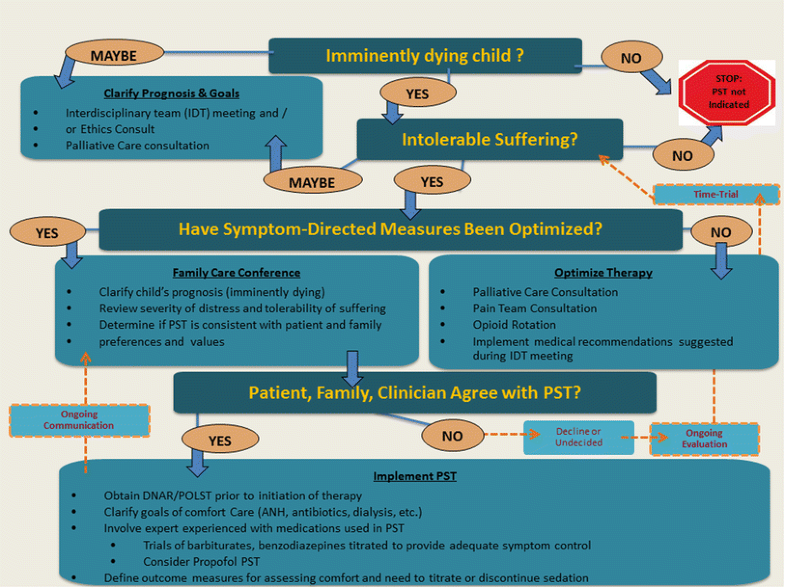

it must be clear to all, that the intention ofsedation in the terminal and final phase is not a concealed form of euthanasia.Īttitudes towards terminal sedation: an empirical survey among experts in the field of medical ethics.The cultural background determines attitudes, viewpoints on goals of care, and in which situations of "intolerable suffering" sedation is ethically acceptable.No consensus yet describing your viewpoint will help clarify the issue.In all other cases of medically indicated sedation we recommend to speak only of sedation.Īttitudes towards terminal sedation: an empirical survey among experts in the field of medical ethics.We recommend to use the terms "palliative sedation" and "terminal sedation" as synonyms for treatments aiming to control untreatable symptoms in (pre-)terminal patients by reduction of consciousness.In the long run, a more consistent and precise terminology is desirable.No consistent terminology and no consistent definition of the term Its a close call and often the answer changes 11. Preference for the different terms with medical background without medical background Sedation at the end of life38%36% Palliative sedation53%41% Terminal sedation32%46% Conclusion 10. 27% would also use the term when the patient is sedated at the time of death, without sedation until death explicitly intended in the first place.Īttitudes towards terminal sedation: an empirical survey among experts in the field of medical ethics.73% of the respondents would only speak ofterminal sedationwhen sedation until death is intended.Survey among experts in the field of medical ethics (German Academy for Ethics in Medicine).So Lets See What The Ethicists Have to Say Since Then 8. Produce deep sedation and unconsciousness as a means of relieving nonphysical sufferingħ.To produce unconsciousness before terminal extubation.To relieve physical suffering when all reasonable alternatives have failed.If comfort care is the only intended effect, then.


The Principle of Double Effect- Distinction betweenintendedeffects andunintendedalthough foreseen effects.Are used in the execution of prisoners by lethal injection.Reliably produce sedation and unconsciousness ( comfort ).Barbiturates in the Care ofThe Terminally ill The anesthesia team could not place a catheter due to the large tumor burden. When this happened, ketamine and Precedex were unavailable. Morphine drip at 1000 mg/hour and no pain relief or sedation. General Concept 1992 - When all else fails: 17 year old girl with relapsed Ewing's sarcoma, multiple bony metastases, pelvic mass compressing her spine and causing bilateral leg paralysis, constant severe bone, abdominal, and pelvic pain. Terminal Sedation Compassion Amidst Ethical UncertaintiesĢ.


 0 kommentar(er)
0 kommentar(er)
